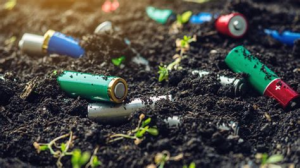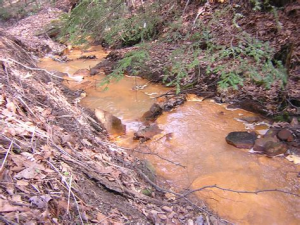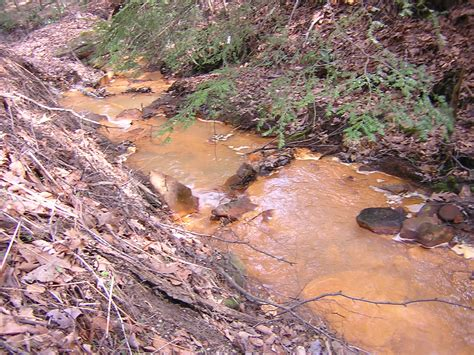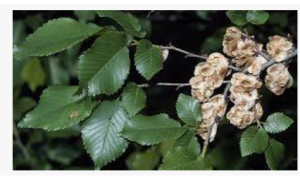There are many different things that can lead to a deterioration in the condition of soil. These are usually divided into two categories – man-made and natural causes.
Man-made pollutants
Also known as anthropogenic, man-made pollution of the soil can occur accidentally or deliberately. Sometimes, both man-made and natural pollution can occur at the same, increasing the levels of toxicity in the soil. Some of the causes of man-made pollution include:
- Manufacturing processes that involve the use of furnaces and leave contaminants in the environment.
- Accidental spills or leaks during the transporting, usage or storage of chemicals such as petrol at a gas station, for example.
- Agricultural processes including the use of pesticides, insecticides, herbicides and fertilisers on the soil.
- Mining of raw materials such as heavy metals that could emit toxic fumes into the environment.
- Transport that gives off toxic exhaust fumes and emissions.
- Construction activities
- Old lead based paint chipping and falling off buildings into the soil.
- Accidental or deliberate chemical waste dumping.
- Landfill waste that has waste leaking into groundwater supplies or emitting toxic vapours.

Construction activities are one of the leading drivers of soil pollution as a result of how much construction takes place daily. Any chemical used on a construction site could pollute the soil. These chemicals are also dangerous when they travel through the air as particulate matter as these are more resistant to degradation and can build up in organisms. For details on Remediation Contractors, go to soilfix.co.uk
Construction work can produce huge amounts of dust of tiny particle sizes which can lead to respiratory problems like asthma. Demolition can also release toxic particles into the atmosphere like asbestos, which also settles into the soil and poisons it.
Natural pollutants
To experience a completely natural build up of harmful chemicals is rare but such an event can be exacerbated by human activity and vice versa. Natural processes can lead to either an increase or decrease in the toxicity levels of the soil. Here are some of those processes:
- Natural build up of soil compounds can occur as a result of imbalances in precipitation and deposits from the atmosphere.
- Certain environmental conditions can lead to an increase in perchlorate in soil such as metallic objects in the soil, the presence of chlorine and the energy created from storms, for example.
- Sewer line leaks into the subsurface could lead to an increase in harmful chemicals in the soil.
By far the largest sources of soil pollution are from human activity. Where there are high levels of construction and industrial manufacturing, levels of soil degradation are significantly higher. Soil contamination has a major impact on human health. When plants and crops are grown in contaminated soil, the contaminants are passed to humans through consumption.

Coming into contact with contaminated soil can also lead to respiratory problems, skin issues and a host of other medical problems. The same problems exist for animals who come into contact with polluted soil.














+ There are no comments
Add yours